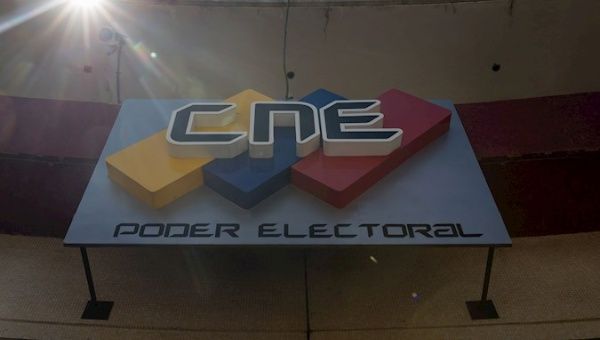
Caroline Delbert
Wed, October 27, 2021
A new high-temperature superconducting magnet has reached 20 teslas.
The magnet is as powerful as a previous structure 40 times its size.
The added power (with reduced bulk) could help enable nuclear fusion.
For the first time, scientists used a superconducting electromagnet to create a field strength of 20 teslas—the most powerful magnetic field ever created on Earth. Researchers say this is a positive step toward proving fusion power plants will one day be able to produce more power than they consume.
After three years of collaboration, the Massachusetts Institute of Technology (MIT), along with the Cambridge, Massachusetts-based startup Commonwealth Fusion Systems (CFS), reached the 20-tesla milestone on September 5. (A tesla is the metric unit for magnetic flux per square meter.) That breakthrough is a big deal, but there's something equally important about the superconducting electromagnets: they meet the requirements to be considered "high-temperature."
Superconducting magnets are made from materials known collectively as superconductors, which are typically metals and alloys that are cooled until they conduct electricity with literally zero resistance. But the temperature at which that change occurs matters a great deal.
Traditional ("low-temperature") superconductors must be cooled to nearly absolute zero, which is -273 degrees Celsius. It requires a vast infrastructure network and huge amounts of energy to do so, though. Meanwhile, high-temperature superconductors may operate at temps as high as around -173 Celsius, which is still extraordinarily cold, but requires a lot less energy and bulk.
"[T]he new high-temperature superconductor material, made in the form of a flat, ribbon-like tape, makes it possible to achieve a higher magnetic field in a smaller device, equaling the performance that would be achieved in an apparatus 40 times larger in volume using conventional low-temperature superconducting magnets," MIT notes in a prepared statement.
How does this all fit into the race for nuclear fusion energy? For one thing, magnets are key for nuclear fusion reactors. The typical fusion reactor is roughly donut (or "torus") shaped, with layers of insulation and structure that contain a stream of sun-hot elemental plasma. The plasma would immediately melt through almost any substance on Earth, so it makes sense to hold it in place with the most powerful magnets on Earth.
To date, no fusion reactor has produced net power, meaning more output than the energy required to get the reactor up and running. In fact, no one has really even come close, which is one reason the public views nuclear fusion as a bit of a Music Man sales pitch—always ten years away, and never delivering on its promises.
That's another reason why this magnet is such a big deal. By increasing the magnetic field strength, scientists can use a lot less power in a tokamak reactor. That could bring the idea of plasma ignition, or net productive fusion power, even closer to our reach.
The massive, international plasma tokamak called ITER has declared it will fire its first plasma in 2025. MIT's test reactor with the new magnets, called SPARC, is on its own timeframe with a less-traditional design. But the future of clean, plentiful energy could be closer than we think.











